(ECNS) -- China's gross domestic product (GDP) grew by 5.4 percent year-on-year in the first quarter of 2025, data from the National Bureau of Statistics (NBS) showed Wednesday.
This growth exceeds market expectations, highlighting the resilience of the world's second-largest economy amid an increasingly more complex and challenging external environment.
Domestic demand empowers China's economic momentum
Domestic demand continues to play a key role in China's economic growth.
Wang Wei, former director of the Institute of Market Economy at the Development Research Center of the State Council, said that consumption data have not only stabilized, but also shown signs of improvement. In the first quarter, China's per capita disposable income rose by 5.6 percent in real terms, outpacing GDP growth. This improvement has boosted consumer confidence, laying a solid foundation for stronger domestic demand.
Given the disruptions to global trade, expanding domestic demand has become increasingly important.
Sheng Laiyun, deputy head of NBS, emphasized that China's population of over 1.4 billion and per capita GDP exceeding $13,000 offer opportunities for sustained economic growth.
China continues to diversify foreign trade
In recent years, Chinese enterprises have actively expanded into international markets and diversified trade partnerships, reducing dependency on any single region and enhancing their capacity to weather external shocks.
Data from the State Council shows that China's total foreign trade reached 10.3 trillion yuan (about $1.42 trillion) in the first quarter, up 1.3 percent year-on-year. This figure marks a record high for the first quarter, maintaining above-10-trillion-yuan level for eight consecutive quarters.
Indicators from China's State Information Center further show robust trade activity: daily average container throughput at major Chinese ports increased by 10.6 percent year-on-year, cargo throughput rose 3.1 percent, and the number of daily international cargo flights jumped 35.9 percent.
Exports to countries involved in the Belt and Road Initiative (BRI) rose by 7.2 percent in the first quarter, according to the State Council, signifying a shift toward a more diversified trade structure.
Strategic policies drive China's economic growth upward
China's broad policy toolkit continues to support the economy and prepare it for future challenges. A mix of existing and new policy measures is driving results across various sectors.
Luo Zhiheng, chief economist at Yuekai Securities, highlighted that China has taken actions to stabilize capital markets. Since late September, the People's Bank of China and other regulatory bodies have actively guided market expectations and boosted investor confidence.
Since early this year, both domestic and international sentiment toward China's economy has improved, triggering a revaluation of Chinese assets. According to Luo, the capital market rebound is also creating a wealth effect that supports consumer spending.
Looking forward, Zhou Jingtong, deputy director of the Bank of China Research Institute, emphasized the need to focus on industrial upgrading and key strategic sectors.
He recommended strengthening structural monetary tools to support innovation, green development, and consumption. Additionally, implementing new tools for land reserve and housing stock purchases could help revitalize the real estate market.
These positive trends and proactive policies reinforce China's path toward steady and high-quality development in the coming months.
(By Gong Weiwei)












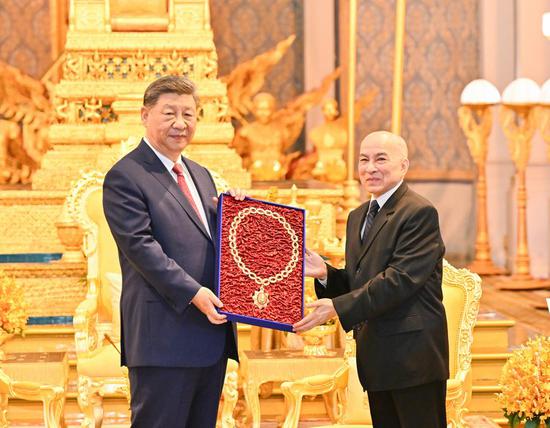

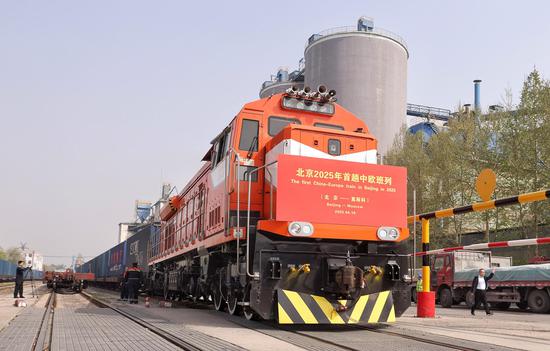

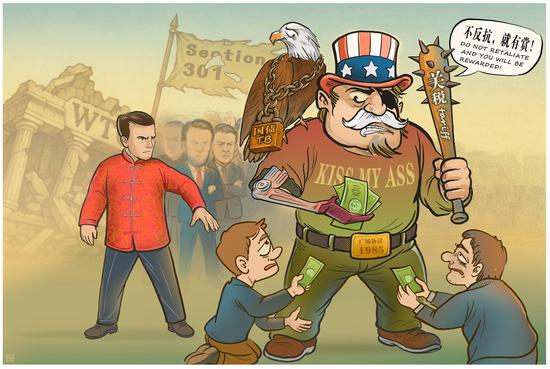












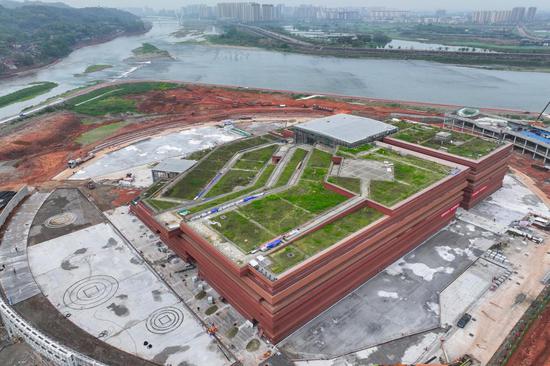



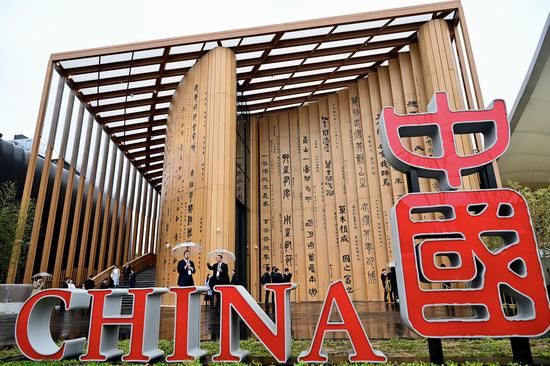



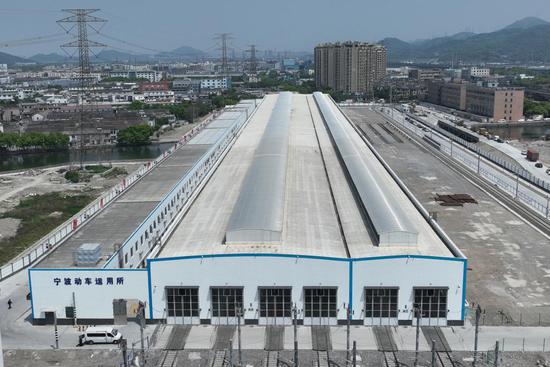












 京公网安备 11010202009201号
京公网安备 11010202009201号